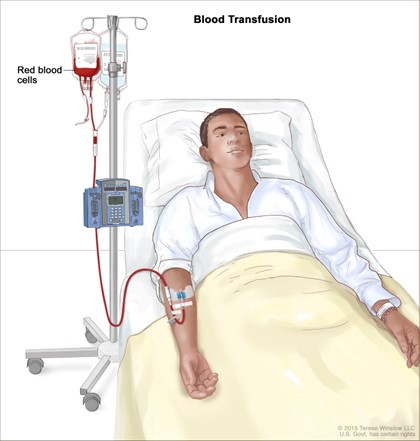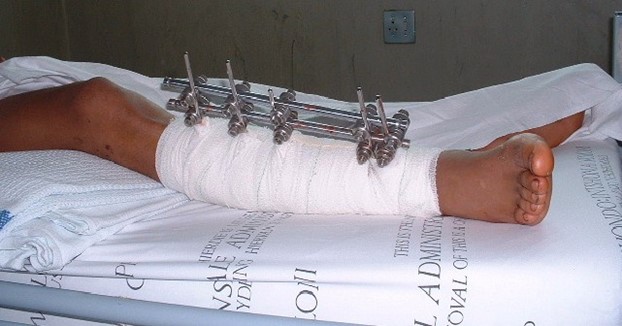A nurse is reviewing a cardiac rhythm strip of a client who has atrial flutter.
Which of the following findings should the nurse expect?
Progressively longer PR durations.
Undetectable P waves.
A saw-tooth pattern with an atrial rate of 250 to 400/min.
Absent PR intervals with a ventricular rate of 40 to 60/min.
The Correct Answer is C
A saw-tooth pattern with an atrial rate of 250 to 400/min is a characteristic finding on a cardiac rhythm strip of a client who has atrial flutter.
Choice A is incorrect because progressively longer PR durations are characteristic of a Mobitz type I second-degree AV block, not atrial flutter.
Choice B is incorrect because undetectable P waves are characteristic of atrial fibrillation, not atrial flutter.
Choice D is incorrect because absent PR intervals with a ventricular rate of 40 to 60/min are characteristic of third-degree AV block, not atrial flutter.
Nursing Test Bank
Naxlex Comprehensive Predictor Exams
Related Questions
Correct Answer is A
Explanation
The correct answer is A. Back pain.
Choice A reason: Back pain during a blood transfusion is a classic symptom of a hemolytic transfusion reaction. This type of reaction occurs when the immune system attacks the transfused red blood cells, leading to their destruction. Back pain is considered a more specific and early sign of this reaction.
Choice B reason: Bradycardia, which is a slower than normal heart rate, is not typically associated with hemolytic transfusion reactions. The normal range for an adult’s resting heart rate is between 60 to 100 beats per minute. Bradycardia is usually considered when the heart rate is lower than 60 beats per minute in a resting adult. It can be a sign of a well-trained athlete or can occur as a result of certain medications or heart conditions, but it is not a recognized symptom of a hemolytic transfusion reaction.
Choice C reason: Hypertension, or high blood pressure, is also not a common symptom of a hemolytic transfusion reaction. Normal blood pressure ranges from 90/60 mmHg to 120/80 mmHg. Hypertension is typically defined as having a blood pressure higher than 130/80 mmHg. While hypertension can be a serious condition, it is not indicative of a hemolytic transfusion reaction.
Choice D reason: Chills are a symptom that can be associated with a hemolytic transfusion reaction, often occurring alongside fever and back pain. However, while chills can indicate a reaction, back pain is a more specific symptom that can help differentiate a hemolytic reaction from other types of transfusion reactions.

Correct Answer is A
Explanation
“The client’s capillary refill in the left toe is 6 seconds.” Capillary refill time is the time it takes for blood to return to the capillaries after pressure has been applied to the skin.

A normal capillary refill time is less than 2 seconds.
A capillary refill time of 6 seconds indicates poor blood flow to the left toe and requires immediate intervention by the nurse.
Choice B is not the correct answer because while a pain level of 7 on a scale from 0 to 10 at the operative site is concerning, it does not require immediate intervention by the nurse.
Choice C is not the correct answer because an oral temperature of 38.3° C (100.9° F) is only slightly elevated and does not require immediate intervention by the nurse.
Choice D is not the correct answer because while 100 mL of blood in a closed-suction drain may be concerning, it does not necessarily require immediate intervention by the nurse.
Whether you are a student looking to ace your exams or a practicing nurse seeking to enhance your expertise , our nursing education contents will empower you with the confidence and competence to make a difference in the lives of patients and become a respected leader in the healthcare field.
Visit Naxlex, invest in your future and unlock endless possibilities with our unparalleled nursing education contents today
Report Wrong Answer on the Current Question
Do you disagree with the answer? If yes, what is your expected answer? Explain.
Kindly be descriptive with the issue you are facing.
